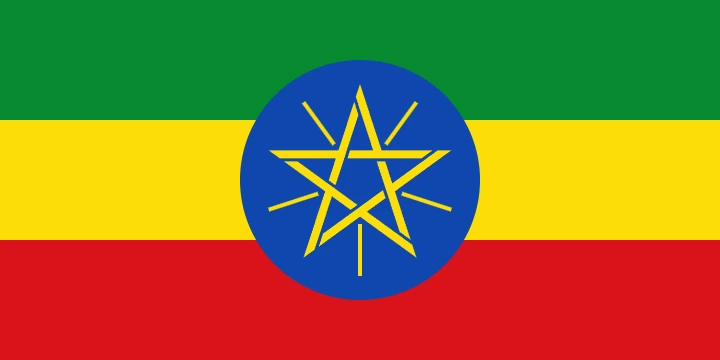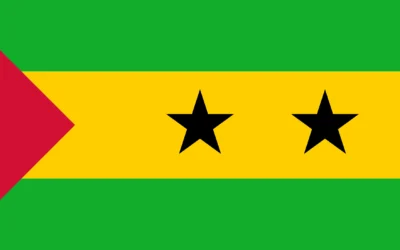Ethiopia Travel Guide
Discover Why You Should Visit Ethiopia
Why Visit Ethiopia?
Ethiopia is a land of ancient history, rugged landscapes, and unique cultural traditions. As the only African country never colonized, it offers a distinct and authentic experience.
From the rock-hewn churches of Lalibela to the volcanic landscapes of the Danakil Depression, Ethiopia is a haven for adventurous and culturally curious travelers.
Ideal for: History enthusiasts, hikers, culture seekers, spiritual travelers, and nature lovers.
Must-Know Facts
Capital/Major City: Addis Ababa
Language(s): Amharic (official), English widely spoken
Currency: Ethiopian Birr (ETB)
Best Time to Visit: October to April (dry season)
Fun Fact: Ethiopia follows a unique calendar that is roughly seven years behind the Gregorian calendar.
Top Things to Do
Visit the rock-hewn churches of Lalibela, often called the ‘New Jerusalem’
Explore the Simien Mountains National Park and see gelada monkeys
Witness the colorful Timket Festival in January
Experience the Danakil Depression, one of the hottest and most alien places on Earth
Local Culture & Lifestyle
Ethiopian culture places high importance on community, religion, and tradition.
Coffee ceremonies are an essential social ritual, often taking place daily in homes and cafés.
Religious holidays and festivals are celebrated with music, dance, and large family gatherings.
Food & Drink Highlights
Street Food: Sambusas, roasted barley, corn on the cob
Restaurants: Kategna Restaurant (Addis Ababa), Yod Abyssinia Cultural Restaurant
Drinks: Traditional Ethiopian coffee, tej (honey wine), tella (homemade beer)
Desserts: Dabo kolo (fried dough snacks), baklava in some regions
Main Dish & Culinary Symbols
Signature Dish: Injera with doro wat (spongy sourdough flatbread with spicy chicken stew)
Common Ingredients: Berbere spice mix, lentils, chickpeas, collard greens, beef, lamb
Culinary Culture: Meals are typically shared from a communal platter, with diners using their hands to scoop food with injera.
Symbols & Icons of the Area
Natural Icons: Simien Mountains, Blue Nile Falls, Lake Tana
Cultural Icons: Axum obelisks, Lalibela churches, Ethiopian crosses, traditional coffee pots (jebena)
Hidden Gems & Off-the-Beaten-Path
The town of Harar, with its maze-like alleys and ancient mosques
The remote monasteries of Lake Tana accessible only by boat
The ancient walled city of Gondar with its imperial castles
Shopping & Souvenirs
What to Buy: Handwoven scarves (netela), silver crosses, coffee beans, traditional pottery
Where to Shop: Addis Mercato (Africa’s largest open-air market), local artisan cooperatives
Getting Around
Public Transport: Minibuses and shared taxis are common in cities
Car Rentals: Useful for reaching remote areas or national parks
Tip: Domestic flights with Ethiopian Airlines are efficient for long-distance travel
Walkability: Good in towns like Lalibela and parts of Addis Ababa
Travel Tips
Dress modestly, especially when visiting religious sites
Carry cash, as many places do not accept cards
Drink bottled water and avoid raw vegetables unless properly washed
Learn a few phrases in Amharic to connect with locals
Where to Stay
Budget: Addis Regency Hotel (Addis Ababa)
Mid-range: Goha Hotel (Gondar), Sabean International (Axum)
Luxury: Sheraton Addis (Addis Ababa), Limalimo Lodge (Simien Mountains)
Unique: Tukul Village (Lalibela) for a traditional experience
Sample 4-Day Itinerary
Day 1: Arrive in Addis Ababa, explore the National Museum and Holy Trinity Cathedral
Day 2: Fly to Lalibela, tour the rock-hewn churches, experience a traditional dinner
Day 3: Visit a local market, hike the surrounding hills, enjoy a coffee ceremony
Day 4: Return to Addis Ababa, shop at the Mercato, and relax at a cultural restaurant






0 Comments